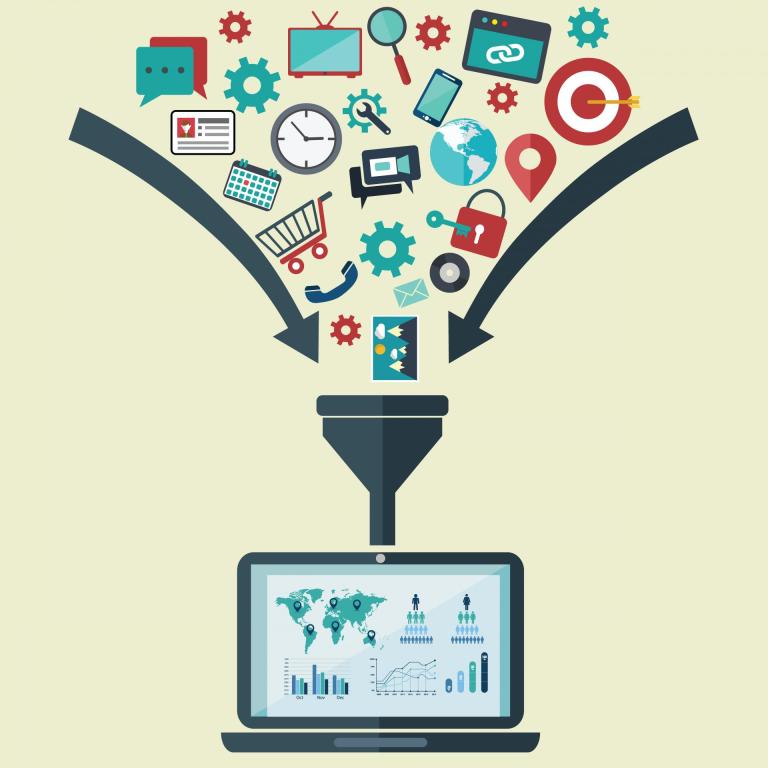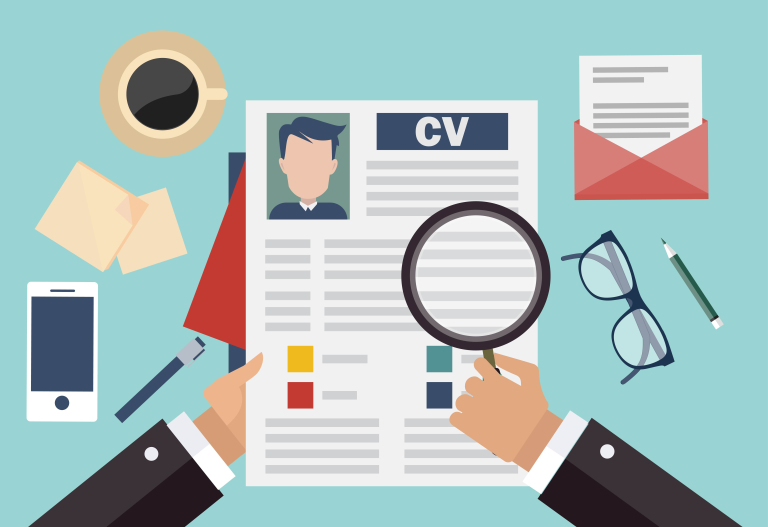Managing Marketplace Tensions By Maximizing Agency Intelligence
Uncertainty is a constant in any industry.
At The Fedcap Group, our collective focus is on ensuring sustainabilityand relevance and creating impact.
Every day, to accomplish these three mandates, we balance the tension between being smart and prepared for emerging market trends while at the same time meeting the day-to-day demands and “keeping the lights on.”
During our quarterly leadership meetings—our Corporate Weeks—we deliberate and struggle through this tension. We examine “what’s next” questions, that require research, data/information and a deep understanding of the trends in service to vulnerable populations. We explore how our investments in innovation, technology and talent and our attention to risk management and structure position us to succeed. We thoughtfully consider how the exponential increase in information generated by technology is or should be impacting our thinking and our decisions.
In order to thrive as a company and effectively manage the tensions described above, we must ensure that we are maximizing the intelligence of our agency— advancing our ability to be adaptive–even in our complexity. This is our competitive edge.
Significant organizational enhancements are gained from the use of information generated by technology. Leveraging technology to know what we know about our work, the environment, future trends, risks, historical impact and quality, allows us to manage the critical tension between emerging trends and day to day demands.
As always, I welcome your thoughts.










